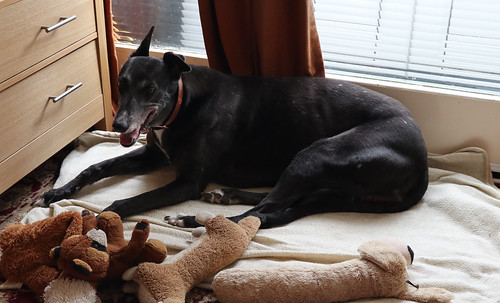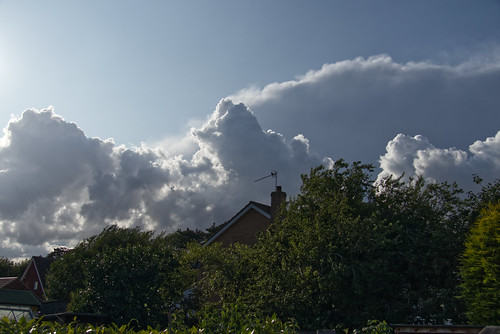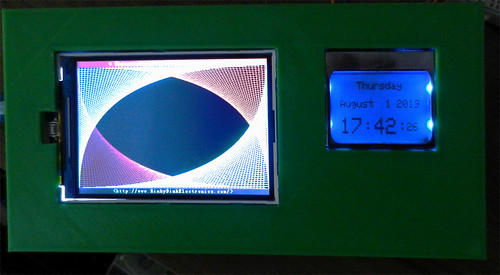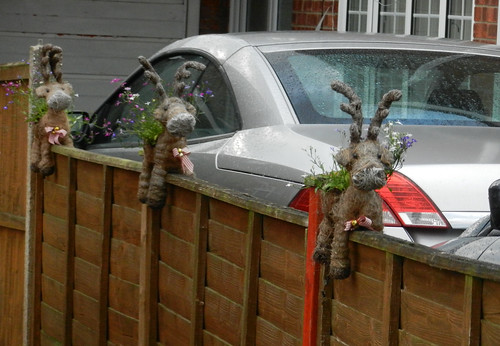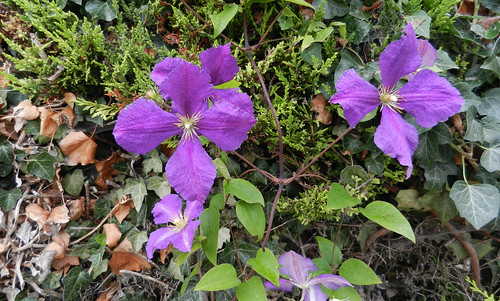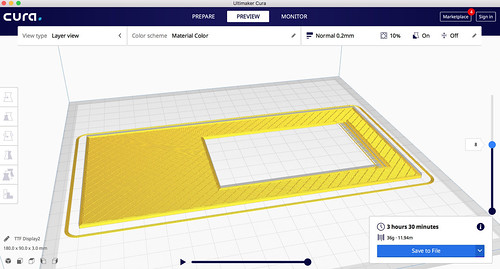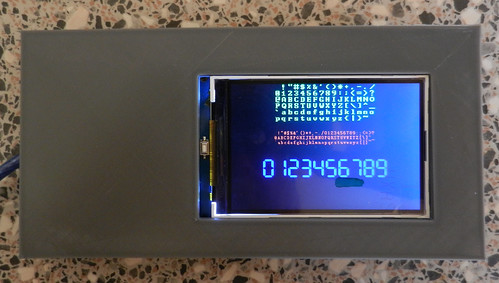car video clip

There was just enough room to park one car off the lane by the entrance to the church.
First view of the early 14thC, late 15thC and 19thC restored church

The only gargoyles I noticed were near the top of the tower
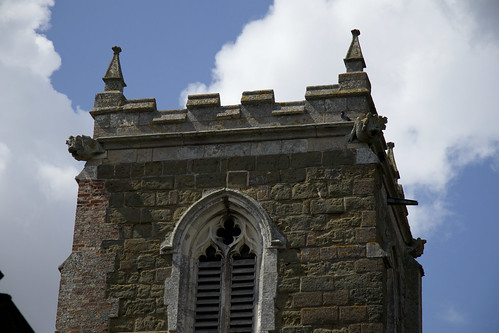
Inside the North entrance porch with its plank door
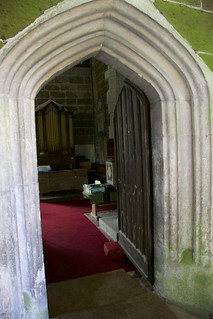

Once inside we see the font
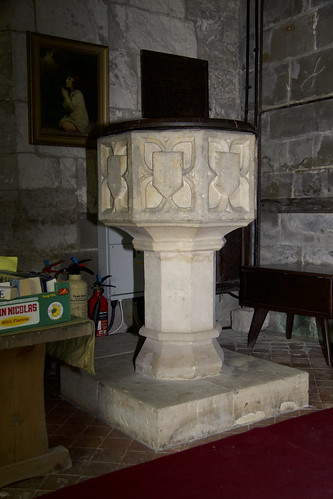
The view looking to the East where the 15thC screen can be seen

Restored in the 19thC

To the right of the screen is a large alabaster monument to Sir Adrian Scrope who died in 1623.
The figure rests on a tomb chest of white and pink streaked marble on which are panels depicting two kneeling daughters and six sons


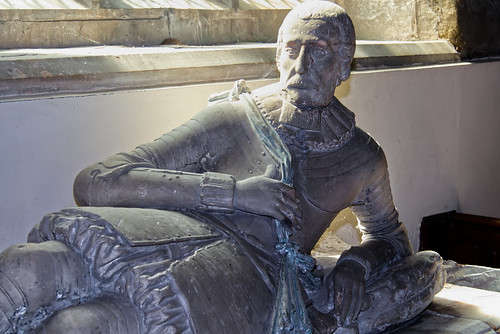
Taking a peek through the screen the choir stalls and altar can be seen

In the walls either side of the altar are small niches

Returning to the West end of the church we see the small chamber organ.

This has memories and a small connection with my family.
My father played the organ at several of the local churches. Many years ago the S. Cockerington parish decided they would like an organ, the church not having one at that time. This one was in a church which had dropped out of use and permission was given to move it to St. Leonards. My father and I were asked for advice on how to dismantle and move it safely so one weekend we went along and helped. The firm advice given was in the handling of the pipes. Many have a high lead content which gives them the traditional sound. Consequently the metal is very soft and easily damaged. A group of us carefully dismantled the organ, labelling all the pipes and where they fitted, transported it and re-assembled it in its new home. After that a professional organ tuner was engaged to finish the job of retuning it. He complimented us on the care we had taken when moving the organ.
By the way, all the windows are fitted with plain clear glass so no stained glass to photograph this time.
Back outside to have a look round.
The West entrance at the bottom of the tower

A view of the South side

A couple of grave stones

The oldest one I spotted

The inscription reads:
"Here lies the body of George and Eliz
Son and daughter of George and Rebecca Dunham
Both departed July the 7th 1759
He in the 19 she in 17 year of their ages
They're pluck'd like roses not full blown
(the next line is well worn or scratched out)
(It appears to read 'As you a bove may see')
To heavn I hope they both are gone
To reign eternally"
A view from the far end of the spacious graveyard

The only other visitors I saw
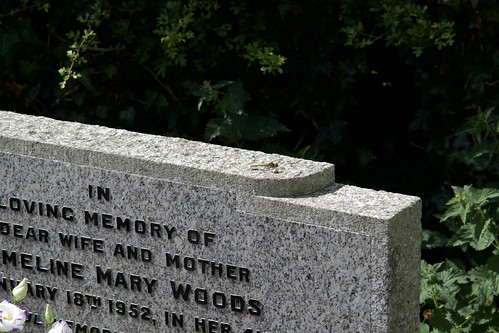
About ten common darter dragonflies

Then the drive back home along that same narrow, winding lane.
All photos were taken in RAW, batch converted to virtually lossless jpgs with Preview. Some were cropped or tweaked slightly with Affinity Photo on a Macbook. I found the M5 fairly difficult to hold with the extra weight of a zoom lens and Speedlight. Also I found it too easy to accidentally press the video button when holding the camera in portrait mode. Otherwise I am pleased with the results. It was very useful at times to tap the touch screen to choose where I wanted it to focus.

